Seraph of the end - Glenn Ichinose, La catastrophe de ses 16 ans Tome 3
Extraits

Art contemporain
Hassan Khan. Catalogue de l'exposition, Edition bilingue français-anglais
03/2022

Histoire de France
The Borders of Schengen
09/1993
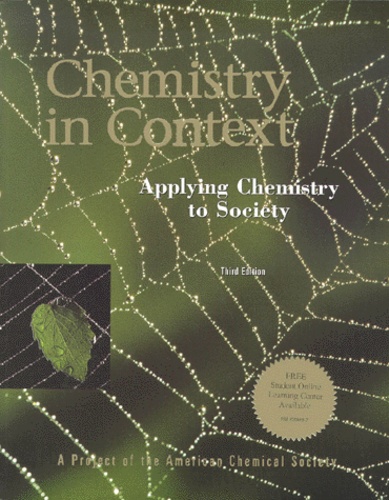
Physique, chimie
CHEMISTRY IN CONTEXT. Applying Chemistry to Society, Third Edition
01/2000

Livres 0-3 ans
YAOUNDÉ BABA SCARED?....ME?....NO WAY!
10/2017
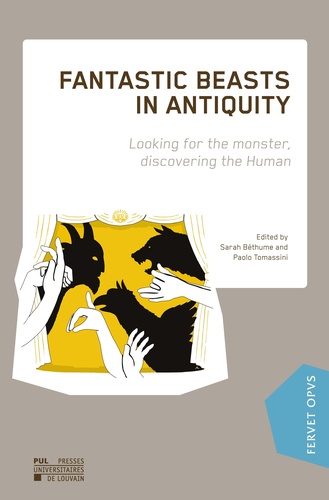
Archéologie
Fantastic Beasts in Antiquity. Looking for the monster, discovering the Human, Textes en français et anglais
02/2021
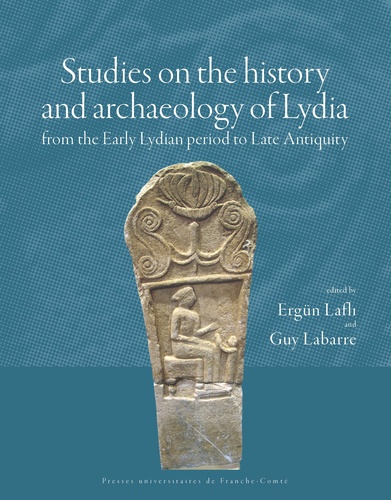
Archéologie
Etudes sur l'histoire et l'archéologie de Lydie de la période proto-lydienne à la fin de l'Antiquité. Textes en français et anglais
02/2023
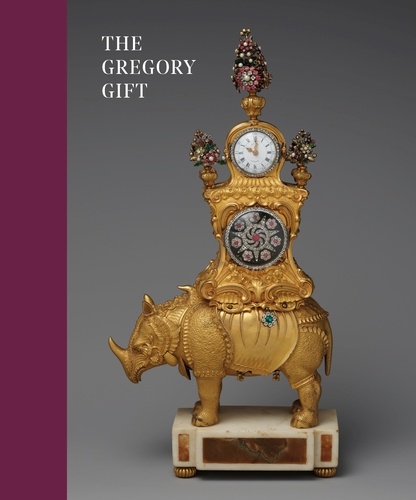
Monographies
The Gregory Gift
02/2023
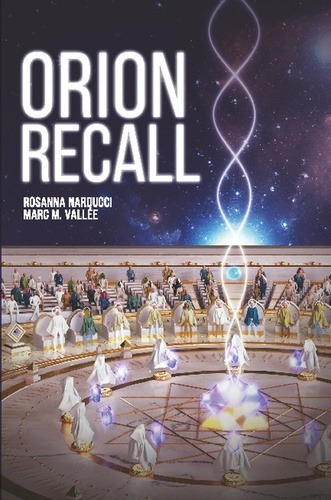
Spiritisme
Orion Recall - Version anglaise
10/2022
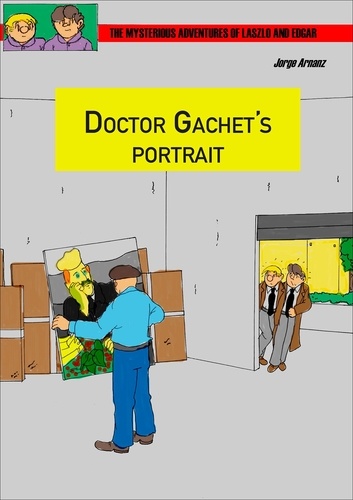
BD tout public
Doctor Gachet's portrait
01/2014

Lecture 6-9 ans
L'énigme du sabre. Edition bilingue français-anglais
06/2018
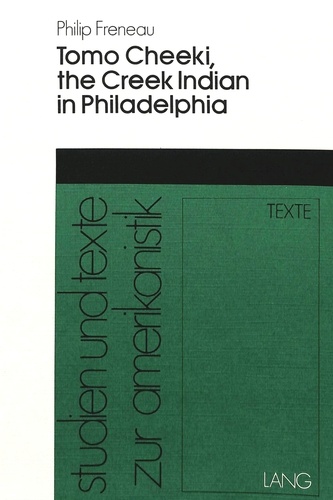
Non classé
Philip Freneau- Tomo Cheeki, the Creek Indian in Philadelphia
12/1987
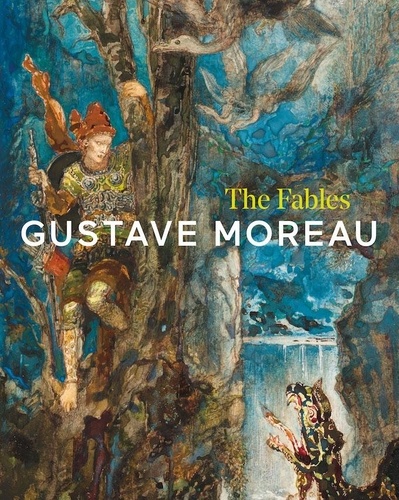
Monographies
Gustave Moreau. The Fables
08/2021

Mouvements artistiques
The Artist Helen Coombe (1864–1937). The Tragedy of Roger Fry's Wife
11/2023

Histoire ancienne
THE ROMAN CAVALRY. From the First to the Third Century AD
01/1992
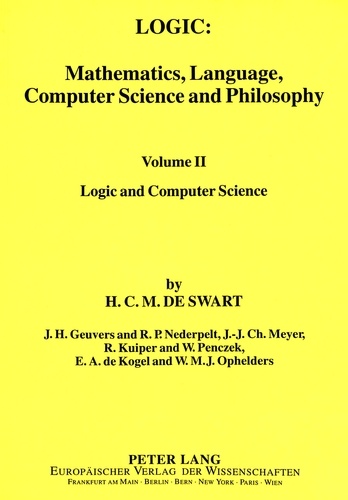
Droit
Logic: Mathematics, Language, Computer Science and Philosophy
05/1994

Informatique
Flash .Net. Dynamic content for designers with Flash remoting MX and ASP.NET
11/2002
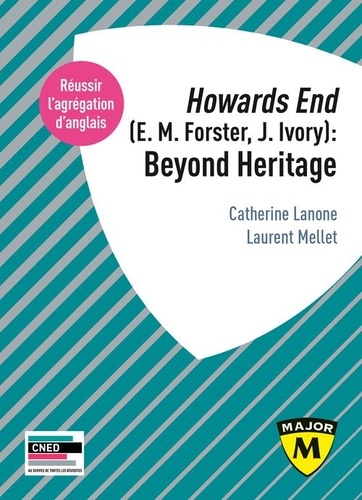
Anglais apprentissage
Agrégation anglais. Howards End (E. M. Forster, J. Ivory) : Beyond Heritage. Edition 2021
10/2019

Beaux arts
New worlds
10/2012
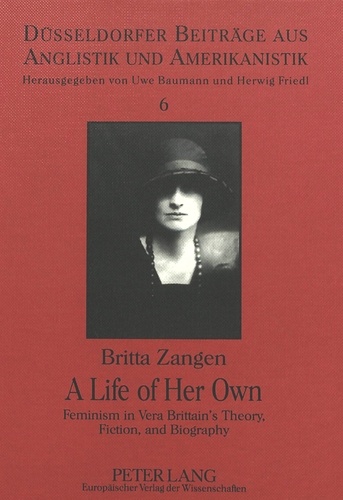
Non classé
A Life of Her Own
11/1996
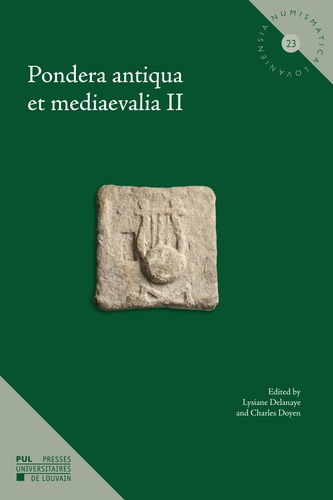
Histoire ancienne
Pondera antiqua et mediaevalia II
01/2023
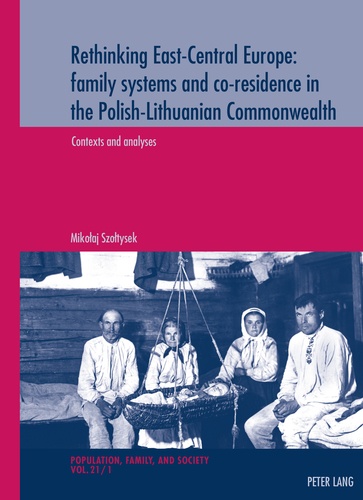
Non classé
Rethinking East-Central Europe: family systems and co-residence in the Polish-Lithuanian Commonwealth
01/2016
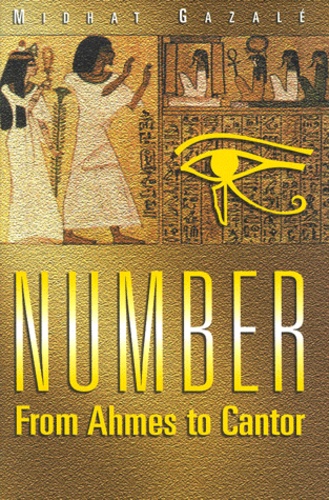
Histoire et Philosophiesophie
Number from Ahmes to Cantor
01/2000
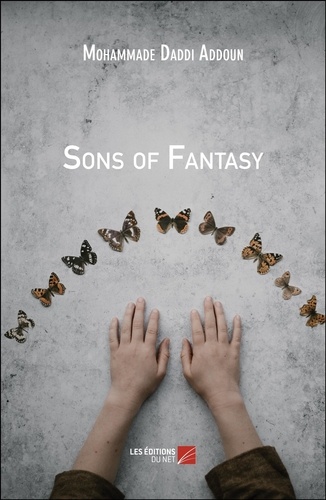
Littérature française
Sons of Fantasy
08/2018
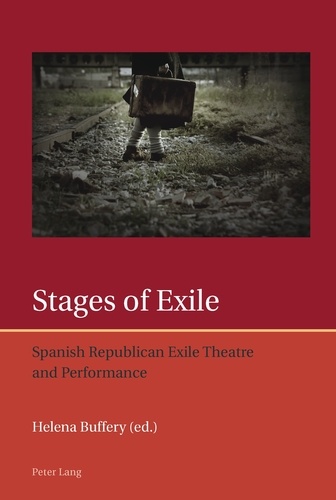
Non classé
Stages of Exile
09/2011

Droit
Transport and Risk Communication
09/1997
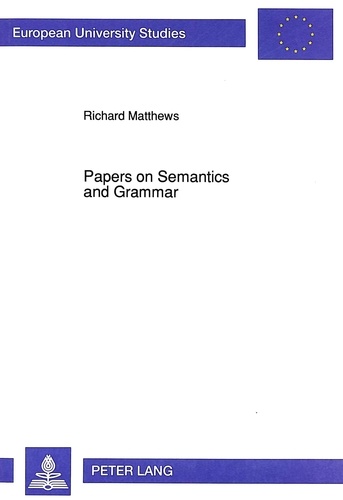
Non classé
Papers on Semantics and Grammar
01/1993

Beaux arts
Grotesques. Fantasy Portrayed, édition bilingue anglais-néerlandais
08/2019
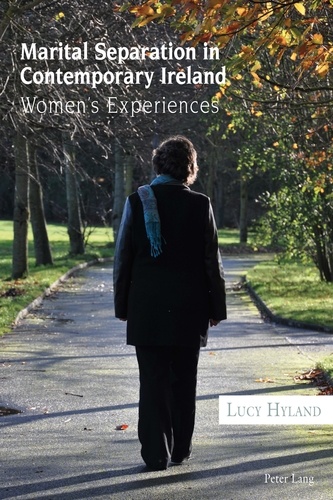
Sociologie
Marital Separation in Contemporary Ireland
12/2015
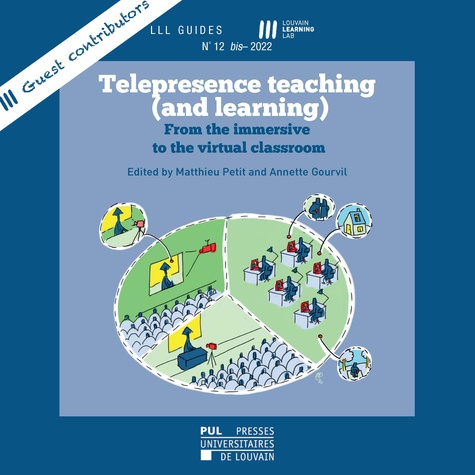
Sociologie
Cahiers du LLL n° 12 bis – Telepresence teaching (and learning). From the immersive to the virtual classroom
06/2022
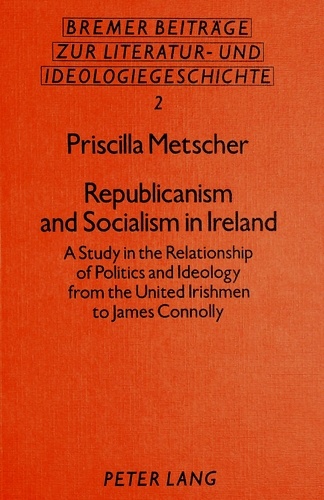
Histoire internationale
Republicanism and Socialism in Ireland
12/1986

